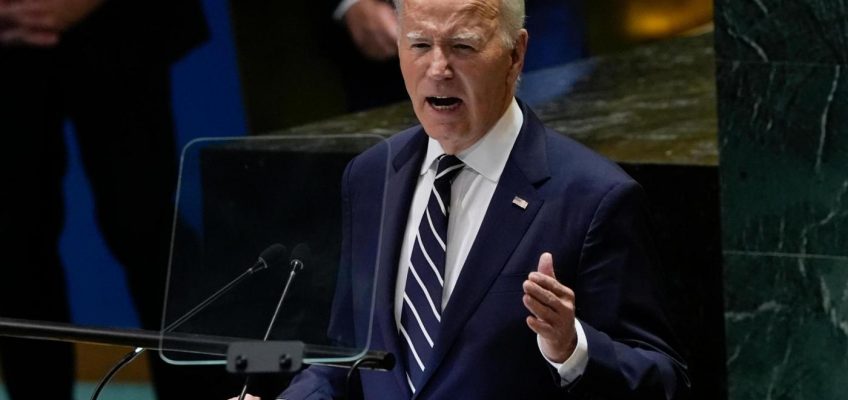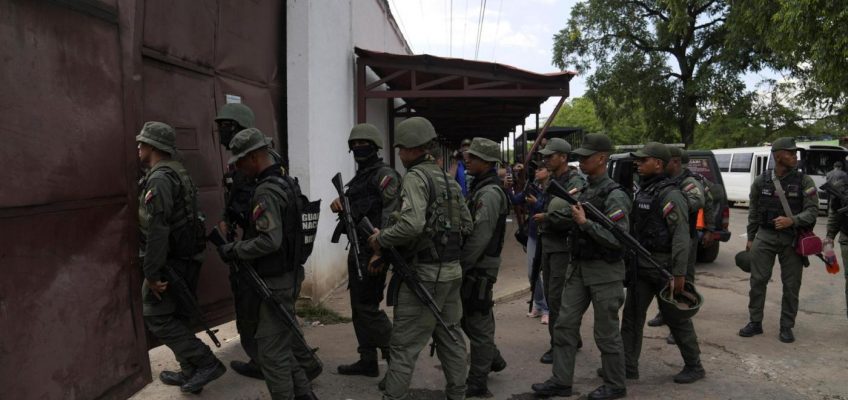When people called 911 about an altercation in a parking lot behind a Falcon Heights business, dispatchers told Ramsey County sheriff’s deputies a man trying to break a vehicle’s windows was African American, in his late 30s, wearing a black shirt and black pants, and a hat.
The man who a responding deputy pushed against a wall, causing him to lose consciousness, was a 67-year-old Black man. He was wearing a brown windbreaker that was “open such that his white shirt was quite visible” and he had no hat, according to the man’s lawsuit.
The deputy “decided (the man) met the description of the suspect he was looking for, despite the significant and obvious differences in age and dress as described by the 911 dispatcher. Further, none of the callers described the man in the altercation as using a walker,” which Michael Torrey-White does, said his lawsuit filed in federal court.
The Ramsey County Board of Commissioners approved $75,000 Tuesday to settle Torrey-White’s lawsuit.
“It’s a very unfortunate set of circumstances and we’re glad to put it behind us,” Ramsey County Sheriff’s Office Chief Deputy Dave Metusalem said after the meeting.
The sheriff’s office did not find misconduct on the part of the deputies, according to Metusalem. In settling the lawsuit, Ramsey County and the deputies involved “deny any liability whatsoever,” the settlement agreement said.
Man wasn’t wearing hearing aids during encounter
Filed in federal court in October 2022, the lawsuit’s claims included excessive force. Torrey-White’s attorney, Paul Bosman, gave this information in the lawsuit’s complaint:
Multiple people called 911 on Feb. 28, 2020, to report a man trying to break out a vehicle’s windows and the driver attempting to hit the man with her vehicle. It was in a parking lot behind the Pizza Hut at Larpenteur and Snelling avenues in Falcon Heights.
Torrey-White lived in an apartment complex near the parking lot, as did his adult daughter. They both had windows facing the parking lot where the incident happened.
His daughter called 911 because she saw a man “dodging a vehicle in the parking lot” and then “observed tire tracks from the vehicle very near her parked truck,” the complaint said. She asked her father to check on her parked truck.
Torrey-White, who has significant hearing loss, left his apartment without his hearing aids. He checked the tire tracks and his daughter’s truck and started walking back to his apartment.
“He suddenly felt a hand on his right arm from behind, which startled him” and Deputy Kyle Williams pushed Torrey-White into a brick wall, hitting his head and back against it, the lawsuit said.
Related Articles
Metro Transit Police Chief Morales, previously on leave from department, now out
High speeds and drunk drivers add up to unsafe roads in Minnesota
Man gets 10-year prison term for Apple Valley shootout that killed ex-girlfriend
Proposed tax levy won’t cover competitive pay raises for Ramsey County deputies, sheriff says
Ramsey County prosecutor receiving Carnegie Medal for saving man from building’s edge
Torrey-White regained consciousness and found himself on the ground in handcuffs. He asked what he’d done wrong and Williams told him to “Shut up,” the lawsuit said. Torrey-White screamed for his daughter, who came outside.
A summary prepared by the county for the board said Torrey-White “refused to speak with the deputy and turned away from Deputy Williams placing his hand in his pocket. This caused Deputy Williams to place his hand on (Torrey-White), out of caution of not knowing what could be in (his) pocket, to conduct a pat down.”
“(Torrey-White) jerks away from the deputy,” the county’s summary said. “After a controlled takedown, handcuffs were placed on (Torrey-White). After additional facts were discovered, it became evident to Deputy Williams that (Torrey-White) was not the individual involved in the domestic disturbance” they were originally called about.
Attorney: ‘Trying to find some justice’
Torrey-White’s lawsuit said that he “attempted to explain to … Williams that the man he was looking for was coming around the corner from the restaurant in the complex.”
Williams put pressure on Torrey-White’s back, and Torrey-White complained he was having difficulty breathing, the lawsuit said.
Three other deputies arrived and informed Torrey-White he was being detained. They did not “attempt to stop … Williams from engaging in excessive force,” the lawsuit continued.
“Despite a lack of probable cause to believe Mr. Torrey-White had a weapon,” a female deputy touched the front of Torrey-White’s pants, in his genitalia area, which he verbally objected to, according to the lawsuit.
Williams also searched Torrey-White’s pockets and the pouch of his walker, scattering his belongings on the ground. One of the deputies eventually removed the handcuffs from Torrey-White and released him.
Torrey-White told the deputies he was planning to file a complaint, and he did so the next day.
The lawsuit said “Williams later falsified his police report,” which caused Torrey-White to be charged with obstructing legal process and disorderly conduct. The county’s attorneys denied that the police report was falsified.
Torrey-White obtained an attorney, who requested body-worn camera footage and a judge also ordered the Ramsey County Sheriff’s Office to provide it.
Related Articles
Maplewood City Council withdraws Purple Line BRT project support
Proposed tax levy won’t cover competitive pay raises for Ramsey County deputies, sheriff says
St. Anthony: Zoning request for community center, mosque expected to be voted on Tuesday
Ramsey County prosecutor receiving Carnegie Medal for saving man from building’s edge
Early voting turnout steady in Ramsey, Dakota, Washington counties
During Torrey-White’s trial in July 2022, the Ramsey County Sheriff’s Office didn’t appear and didn’t provide the body-camera footage and the charges against Torrey-White were dismissed.
After the incident, Torrey-White was treated for head and back injuries; a prior neck injury was exacerbated. He received services for post-traumatic stress disorder “as a result of the abuse he experienced” at the deputy’s hands, the lawsuit said.
Bosman, Torrey-White’s attorney, said Tuesday that his client “is looking forward to going back to his normal life, as much as that is possible after his encounter with the Ramsey County Sheriff’s Department. … He’s ready to be done with this four-year long process of trying to find some justice.”




